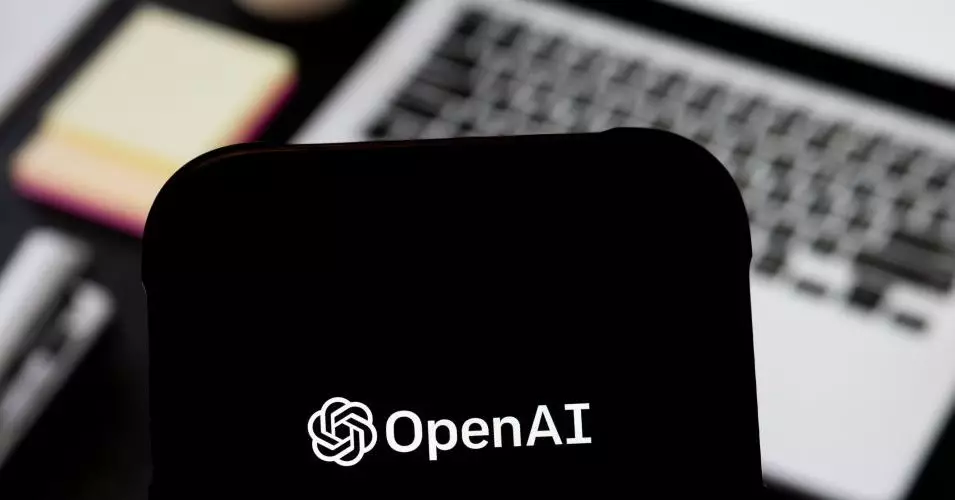In a significant announcement, OpenAI’s CEO, Sam Altman, has indicated that the artificial intelligence powerhouse will soon unveil an open-weight AI model, marking a pivotal moment in the landscape of AI technology. This forthcoming model promises to empower developers and researchers around the globe, paving the way for more accessible and versatile AI applications. While many in the field are thrilled, others express concern about the implications of such a release. Still, the enthusiasm surrounding the potential of an open-weight approach cannot be denied, particularly in our data-driven world.
A Response to Competitive Pressure
This strategic pivot by OpenAI appears to stem from the success of competitors like DeepSeek and Meta, whose R1 and Llama models have garnered significant attention. By embracing open-weight models, OpenAI seems to recognize the need to remain relevant in an ever-evolving tech landscape. The acknowledgment that they were “on the wrong side of history” in terms of openness reflects a willingness to evolve and adapt rather than stagnate in traditional proprietary models. It illustrates a broader trend in the industry: as companies release increasingly versatile and affordable AI models, the pressure mounts for others to follow suit.
The Cost-Efficiency Factor
One of the most compelling aspects of the upcoming open-weight model is the potential for cost-effective AI solutions. DeepSeek purportedly trained its R1 model at a fraction of the cost compared to other large AI systems, which has raised the bar for what is acceptable in AI development expenses. Altman’s insistence on developing a model that can be “trained cheaply” is indicative of a shift towards a more frugal, resource-sensitive approach to AI. This is essential not only for sustaining competitors in the fast-paced AI ecosystem but also for democratizing access to powerful AI tools. Smaller startups and individual developers, often sidelined by high costs, may now harness AI capabilities previously reserved for tech giants.
The Broader Impact of Open-Weight Models
Open-weight models offer a dual-edged sword in the advancing age of AI. While their accessibility fosters innovation, they also present serious ethical and safety concerns. Prominent voices in the AI research community, like Steven Heidel and Johannes Heidecke from OpenAI, highlight the need for rigorous testing to mitigate misuse—especially in contexts like cybercrime or biosecurity threats. The challenges posed by open-weight models demand a balance between innovation in AI and responsible stewardship of technology. Researchers argue that, despite the allure of openness, safeguarding the public from catastrophic risks must be a top priority.
A Call to the Developer Community
As anticipation builds, OpenAI has urged developers to apply for early access to the new model. Altman’s vision includes not just the release of this technology but also an effort to engage the community through events showcasing early prototypes. This level of engagement underscores not only OpenAI’s commitment to fostering innovation but also its recognition of the essential role developers play in shaping the future of AI.
The Limitations of Competitor Models
While the landscape of open-weight models is expanding, it’s critical to view these developments with a discerning eye. Meta’s Llama, for instance, while a trailblazer, has been criticized for its lack of transparency regarding the datasets and training methodologies used. This raises questions about the extent to which these models can be truly open. Licensing restrictions further complicate the matter, limiting the ability of other enterprises to capitalize on their innovations. OpenAI’s push towards greater openness could serve as a corrective measure to these issues, promoting transparency while encouraging ethical AI usage.
In a world increasingly dominated by algorithms, OpenAI’s upcoming open-weight model is a bold step toward bridging the gap between powerful technology and the people who can harness it. It epitomizes not only technological advancement but also the imperative of ethical responsibility, presenting an exciting, albeit complex, future for AI.


Leave a Reply
You must be logged in to post a comment.